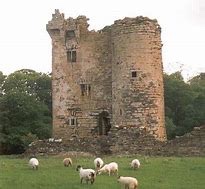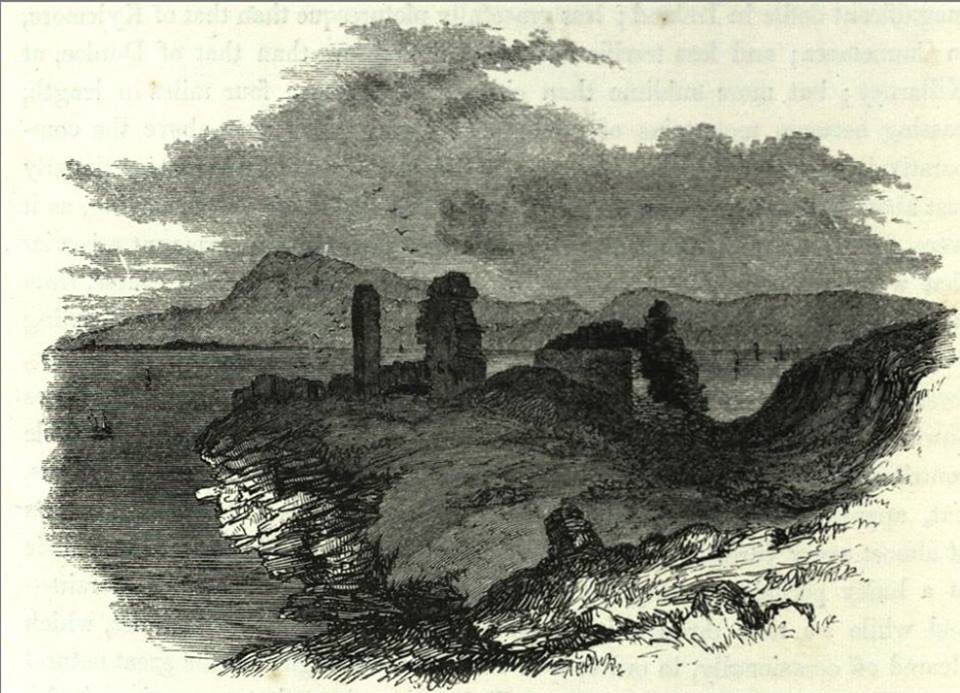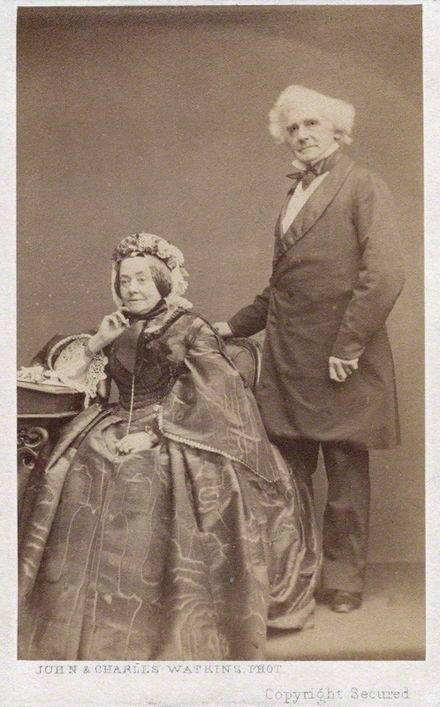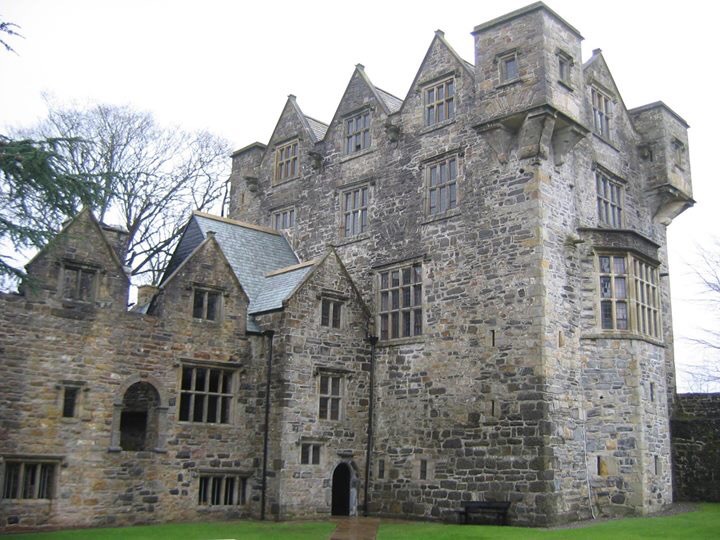In 1802 some twelve years before the account on the parish of Kilbarron by the Reverend Henry Major, Dr James McParlan published a “Statistical Survey of County Donegal”. He was employed by the Dublin Society (later the Royal Dublin Society) who asked him to carry out a survey of a number of Irish counties on their economy both urban and rural and to make suggestions on how to improve it.
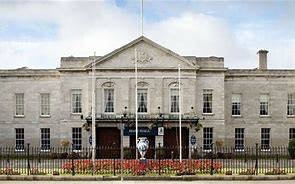
The report on Donegal can be read online (Trove) and is a very interesting snapshot of life in the county at that time.
Front piece of the survey which can be read on the Trove website (National Library of Australia see
https://ia902705.us.archive.org/23/items/statisticalsurve00macp/statisticalsurve00macp.pdf
There is also attached a survey of Co Tyrone by McEvoy for Lord Jim Mountjoy
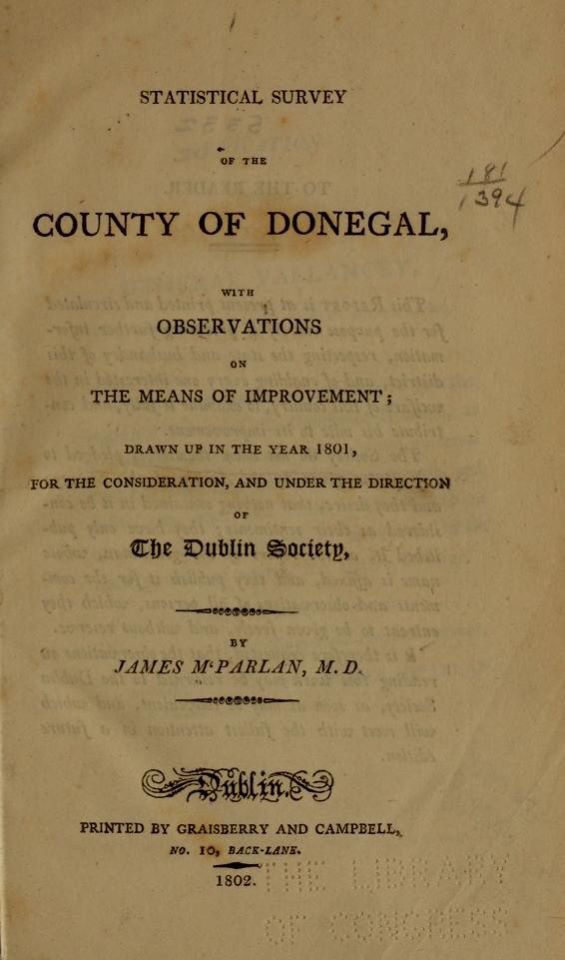
Doctor James McParlan, a medical doctor by profession, was interested in the health and wellbeing of the people and blamed the distillation of spirits as the chief ill of the lower classes. He complained that they used what barley they grew, not to feed themselves but to make their spirits (poteen).
The Dublin Society asked him to particularly report on the state of education and that of tithes. The latter was the tax collected from each landholding tenant, regardless of their religious persuasion for the support of the clergy of the Established Church. This tithe was deeply despised by all faiths but particularly by Presbyterians and other non-conformist sects, as well as Catholics, who had the added undertaking of supporting their own clergy and churches. In this, James reports that generally the tithe in Donegal is not onerous and says
“it is impossible however, that this could be otherwise, for the clergy of this county, to most of whom I have for some years had the honour of being known, are composed of gentlemen conspicuous for every species of virtue and of worth”
He reports on the state of agriculture in the county, remarking that in the area south of the Erne around Ballyshannon the Leitrim “loy” spade is used for most spadework.
He reports that work had started near Belleek in building a canal bypassing the various falls and rapids on the Erne between Belleek and Ballyshannon. (This part of the canal bypassed the waterfall at Belleek was completed but the project was eventually abandoned)
He writes about various ruins of castles in the county mentioning Donegal Castle, Doe Castle and Greencastle but the ne of particular interest to us is his remarks on Kilbarron Castle.
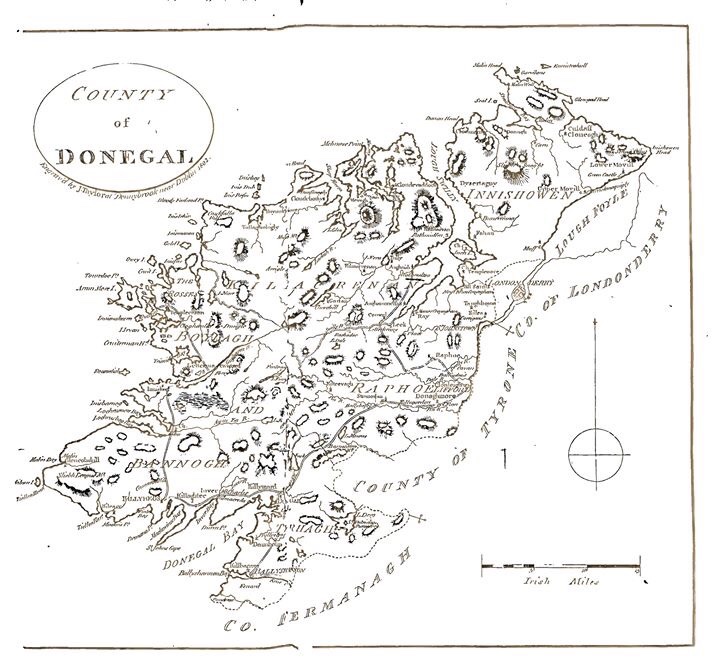
The map of Donegal published in the Statistical Survey of Co Donegal bt Dr James McParlan 1802 see
https://ia902705.us.archive.org/23/items/statisticalsurve00macp/statisticalsurve00macp.pdf
“Kilbarren Castle-two miles north-west of Ballyshannon, built by O’Skineens, on a precipice over the sea; it does not seem to have been strong or important; very few of only of the ruins remains”
This remark possibly confirms our belief that Kilbarron Castle was not a castle as such but a bardic school – stone buildings that were not churches or monasteries of any antiquity were invariably referred to as “castles”.

